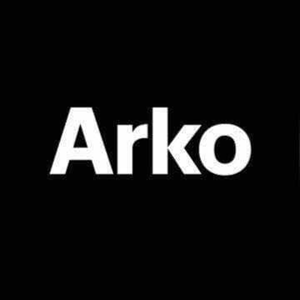Running QEMU with WHPX acceleration in Azure is not supported, even with nested virtualization enabled. WHPX relies on Hyper-V virtualization extensions that are often inaccessible inside nested VMs in Azure.
As per the screenshots you have shared so far, I can see in screenshot 1 that the error says "Hyper-V cannot be installed: Virtualization support is disabled in the firmware"
Reason- The Azure VM does not have nested virtualization enabled, or the VM size does not support it.
In your screenshot 2 and 3 you highlighted that PowerShell shows Hyper-V features are enabled, but the qemu-system-x86_64 fails with error- failed to initialize whpx: No space left on device and Windows Hypervisor Platform is enabled.
But it does not guarantee WHPX will function inside Azure VMs
Why? What are the limitations then?
Azure VMs like Dv3/Ev3 support Hyper-V-based nested virtualization, but the WHPX driver may not initialize correctly inside these VMs because Azure controls the host hypervisor and does not expose all VT-x instructions needed for WHPX to work inside the guest. Please note that Nested VM -> WHPX -> Virtual PLC is a triple-layer virtualization—Azure -> Hyper-V VM -> QEMU with WHPX which is not a supported path.

**
In short-** ctrlX WORKS requires WHPX, but WHPX doesn't work in Azure VMs due to virtualization constraints. Your best bet is to run it on a physical Windows machine.
Reference document

QEMU with WHPX is a third-party virtualization application. WHPX specifically requires hardware virtualization extensions like VT-x/EPT. Microsoft explicitly states these are not supported in nested VMs for third-party hypervisors.
I hope I was able give you clarity on whether it is possible to run a Windows VM with WHPX support in Azure. Thanks


